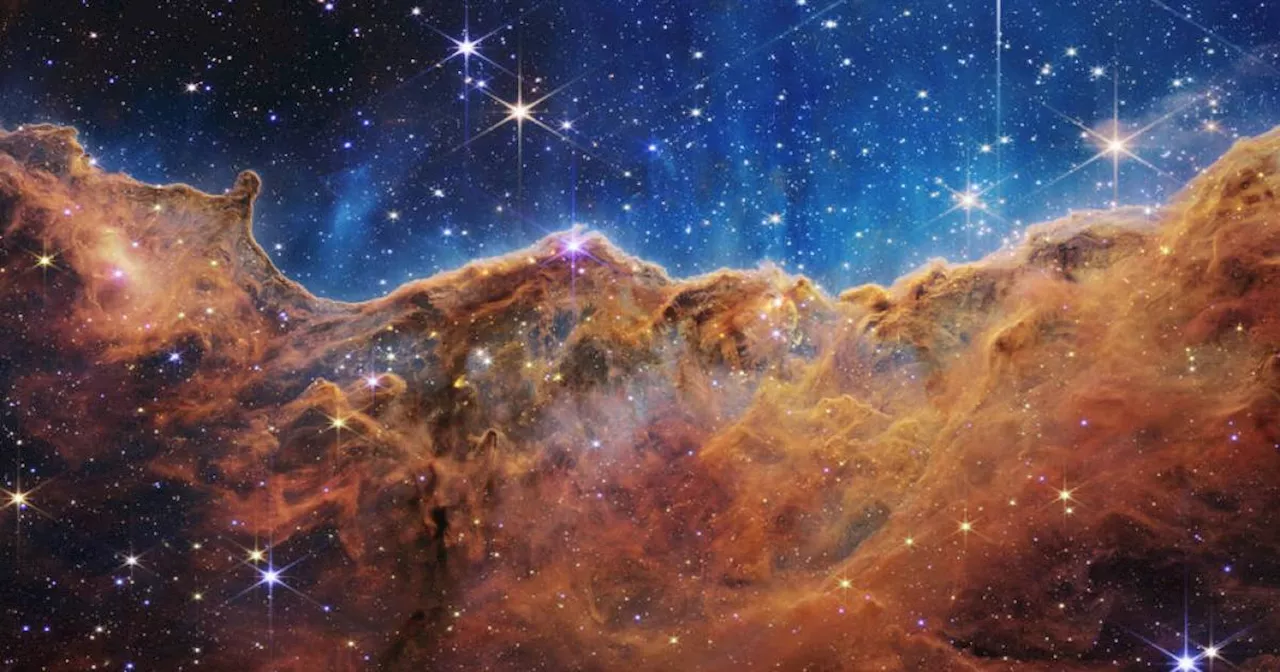From views of Mars to glimpses of distant galaxies, from the Perseverance rover to the James Webb Space Telescope, here are 60 of the best space photos.
We’re living through a golden age of space exploration, from rovers landing on Mars to astronauts living on board the International Space Station to the most complex and capable telescopes ever devised sending back stunning images of the cosmos. With technology like the high definition cameras on the Perseverance rover and the incredible sensitive infrared detectors on the James Webb Space Telescope, we’re getting new views of the world beyond our own planet every day.
The version of the image shown above is a reprocessed version released by NASA in 2020, using modern processing techniques on the same data to celebrate the 30th anniversary of this remarkable image.Cosmic cliffs When the James Webb Space Telescope launched in December 2021, the world waited with baited breath to see what images of the cosmos this brand-new tool would be able to deliver.
A Christmas galaxy cluster Telescopes like the James Webb Space Telescope don’t only work on their own. Sometimes, scientists will combine data from multiple telescopes to get a more detailed view of a complex object. This image, for example, includes data from both James Webb and the Hubble Space Telescope. Webb’s instruments operate in the infrared portion of the spectrum, while Hubble’s operate primarily in the visible light portion of the spectrum .
A celestial lobster This striking image shows an object called the Lobster Nebula, which is 400 light years across and is located 8,000 light-years away. This image was taken using a ground-based instrument called the Dark Energy Camera, located on the Víctor M. Blanco 4-meter Telescope. The camera was originally used for a survey of the sky to research the strange phenomenon of dark energy.
The lifetimes of stars Some regions of space are particularly interesting to study because they feature multiple generations of stars, allowing scientists to learn about complex stellar lifecycles by looking in just one location. That’s the case with this image from the Spitzer Space Telescope of a pair of star nebulae containing the star clusters Cepheus B and Cepheus C, which hosts stars in various stages of life.
Rover descending As human achievements go, putting a rover on the surface of Mars is a pretty big one. But in some ways even wilder than that is being able to capture that rover as it lands for the first time. When NASA landed its Perseverance rover on Mars in February 2020, the world looked on with excitement. And then the world got to actually see the landing take place, when the rover later broadcast footage of the landing back to Earth.
A galactic quintet When seen at a large enough scale, even huge galaxies can look small. This image covers an enormous area, with the original clocking in at over 150 million pixels. It shows a group called Stephan’s Quintet, with four galaxies in a group of five being so close together that they are in the process of merging into one.
The outbursts of a newborn star Stars are big and bright almost by definition, but they can be particularly active when they are young. Newly born stars can give off huge quantities of radiation which shapes the environments around them — as seen in a vivid example here. Some particularly active newborn stars can gives off jets of gas, with great quantities of energy being thrown off from a star’s two poles. That forms striking objects like this one, called a Herbig-Haro object.
A stellar nursery seen in the infrared Our galaxy, the Milky Way, has a number of small satellite galaxies which are gravitationally bound to it, including the well-known Small Magellanic Cloud. Within this galaxy is a busy star-forming region called NGC 346, captured by the James Webb Space Telescope’s Mid-Infrared Instrument. This highlights the dust in the region, with warm dust shown in red and molecules called polycyclic aromatic hydrocarbons shown in blue.
An act of galactic cannibalism When two galaxies collide, the outcome can depend on the mass of each galaxy — and sometimes that’s an unfairly matched fight. That is the case in this image taken by the Dark Energy Camera, which shows a “tug of war” between one large spiral galaxy called NGC 1532 or Haley’s Coronet and its much smaller neighbor, the dwarf galaxy NGC 1531.
This Einstein ring is called GAL-CLUS-022058s, and is famous for being the largest and one of the most complete Einstein rings ever observed. It has been nicknamed the Molten Ring, for its melty and swirly appearance, and its located in the southern hemisphere in the constellation of Fornax. Looking at the face of the sun The European Space Agency’s Solar Orbiter is a spacecraft which orbits the sun to study it using instruments like its Extreme Ultraviolet Imager, a camera which operates just beyond the range of human vision in the ultraviolet. Using 25 images from this instrument taken in 2022, this mosaic was built up showing the entire face of the sun.
It shows a cluster called Westerlund 2, with a central star cluster where stars gleam like jewels and surrounding regions of dust and gas sculpted into complex shapes. It combines data from two of Hubble’s instruments, the Advanced Camera for Surveys and the Wide Field Camera 3, and includes observations in both the visible light and near-infrared wavelengths.
A galactic hit and run Sometimes galaxies can collide, and the results can be dramatic. This image from the Hubble Space Telescope shows a stunning view of the galaxy UGC 10214, known as the Tadpole for it long tailed shape. This galaxy acquired its unusual tail due to a hit and run with another galaxy, visible as a small blue shape in the top left, which created gravitational interactions that pulled out the long tail of stars and gas as it passed by.
These images are known as deep field images, and this Hubble image shows thousands of the galaxies that are visible in the constellation of Leo. It was captured for Hubble’s Frontier Fields campaign, which investigated enormous galaxy clusters and searched for extremely distant galaxies. ISS solar transit The International Space Station is one of the great examples of international cooperation in science, allowing the continuous presence of humans in space for more than 20 years. Crews of typically between three and ten people occupy the station, with astronauts representing the U.S., Russia, Europe, Japan, and more. This image is a composite of 10 separate frames showing the ISS as it passes across the face of the sun, captured in 2016 from Newbury Park, California.
First flight When the Perseverance rover landed on Mars in 2020, it had a special companion along for the ride with it. The helicopter Ingenuity was designed as a technology test, to see whether it was even possible to fly a helicopter on another planet. Mars has extremely thin atmosphere, so the helicopter needed large rotor blades that spun at extremely high speeds to lift it off the surface, even with the planet’s weak gravity.
More than a “red” planet We think of Mars as being red or dusty orange, and many people picture its surface as being like a desert with some rocks. But the planet has a great variety of geological features on its surface, such as this image taken by NASA’s Mars Reconnaissance Orbiter . This region is known as the Krupac Crater, with its gullies and steep slopes. The image has been color enhanced to show off some of the features which are unusual for the area.
This image combines visible light observations with X-ray observations from the Chandra X-ray Observatory, showing the glow of X-rays that the planet is emitting. Researchers aren’t quite sure what the cause of this emission is, but similar X-ray emissions come from Jupiter and Saturn because of the way that those planets reflect sunlight, so that is part of the reason. but there could be other processes at work as well.
Juno beholds a Jovian giant As the Juno spacecraft orbits around Jupiter it studies not only the planet but also its nearby moons. Jupiter is famous for its orange color, but this image constructed from JunoCam footage shows the complexity of the planet’s bands of atmospheric activity. The Jovian atmosphere has several layers with gases moving between them in a complex pattern, while from orbit instruments mainly only observe the tops of the clouds.
Pluto’s sapphire silhouette Pluto was visited by the New Horizons spacecraft in 2015, and during that time the spacecraft took this stunning image of the planet. It shows Pluto backlit by the sun, with the hazy layers of blue surrounding it. This layer is thought to be photochemical smog, which occurs when sunlight illuminates the methane and other gases which comprise the dwarf planet’s thin atmosphere.
Best Of ESA NASA Photography Photos Space Tier 4
United States Latest News, United States Headlines
Similar News:You can also read news stories similar to this one that we have collected from other news sources.
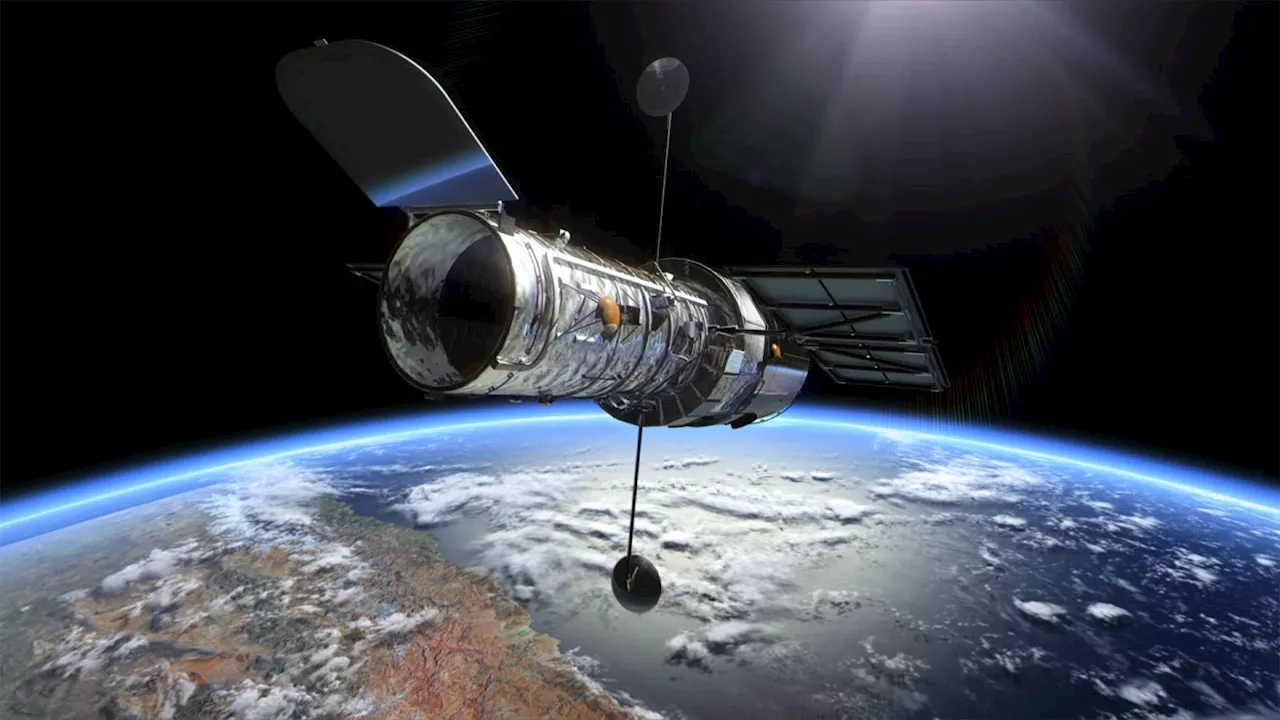 NASA Triumph: Science Restored on Hubble Space Telescope After Gyro GlitchScience, Space and Technology News 2024
NASA Triumph: Science Restored on Hubble Space Telescope After Gyro GlitchScience, Space and Technology News 2024
Read more »
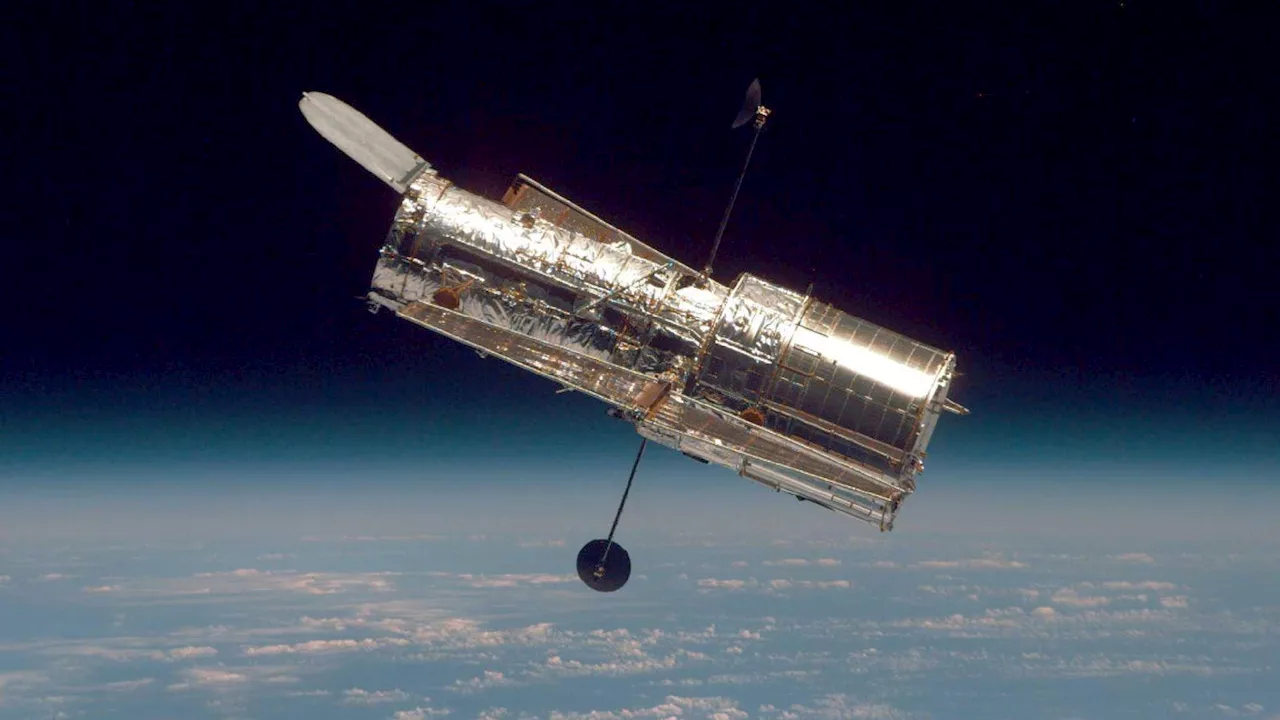 NASA Hubble Space Telescope Suspends Science Due To GlitchI began my journalism career with Entrepreneur magazine with a focus on small business technology. As a freelance journalist, I’ve covered gadgets, geek culture, public schools, weird foods, transatlantic travel and Route 66.
NASA Hubble Space Telescope Suspends Science Due To GlitchI began my journalism career with Entrepreneur magazine with a focus on small business technology. As a freelance journalist, I’ve covered gadgets, geek culture, public schools, weird foods, transatlantic travel and Route 66.
Read more »
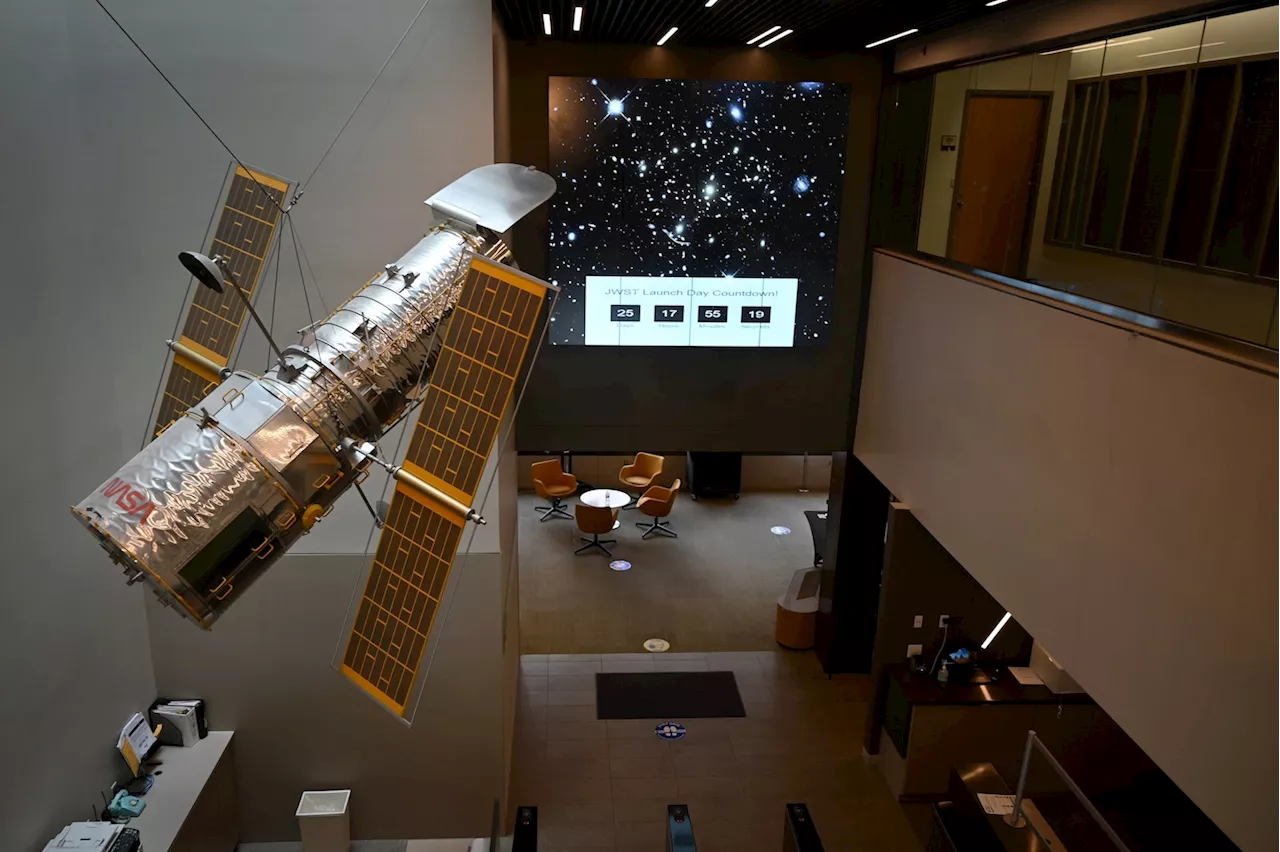 NASA releases free e-book on Hubble space mysteriesData from the Hubble Space Telescope has enabled scientists to better understand the invisible universe.
NASA releases free e-book on Hubble space mysteriesData from the Hubble Space Telescope has enabled scientists to better understand the invisible universe.
Read more »
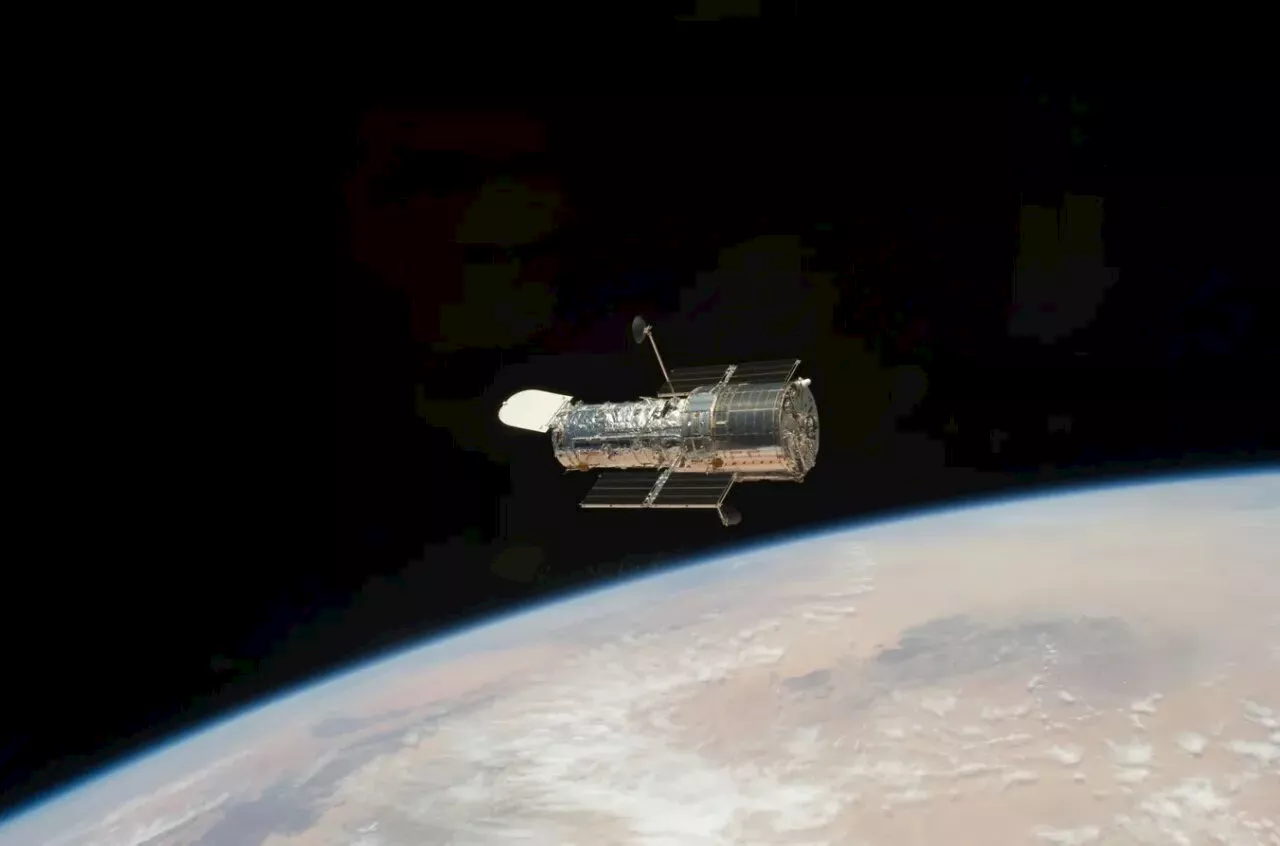 NASA's Hubble pauses science due to gyro issueNASA is working to resume science operations of the agency's Hubble Space Telescope after it entered safe mode April 23 due to an ongoing gyroscope (gyro) issue. Hubble's instruments are stable, and the telescope is in good health.
NASA's Hubble pauses science due to gyro issueNASA is working to resume science operations of the agency's Hubble Space Telescope after it entered safe mode April 23 due to an ongoing gyroscope (gyro) issue. Hubble's instruments are stable, and the telescope is in good health.
Read more »
 NASA shares stunning nebula image on Hubble’s 34th anniversaryNASA has unveiled stunning images of Little Dumbbell Nebula on Hubble's 34th anniversary. This nebula will disappear 15,000 years from now.
NASA shares stunning nebula image on Hubble’s 34th anniversaryNASA has unveiled stunning images of Little Dumbbell Nebula on Hubble's 34th anniversary. This nebula will disappear 15,000 years from now.
Read more »
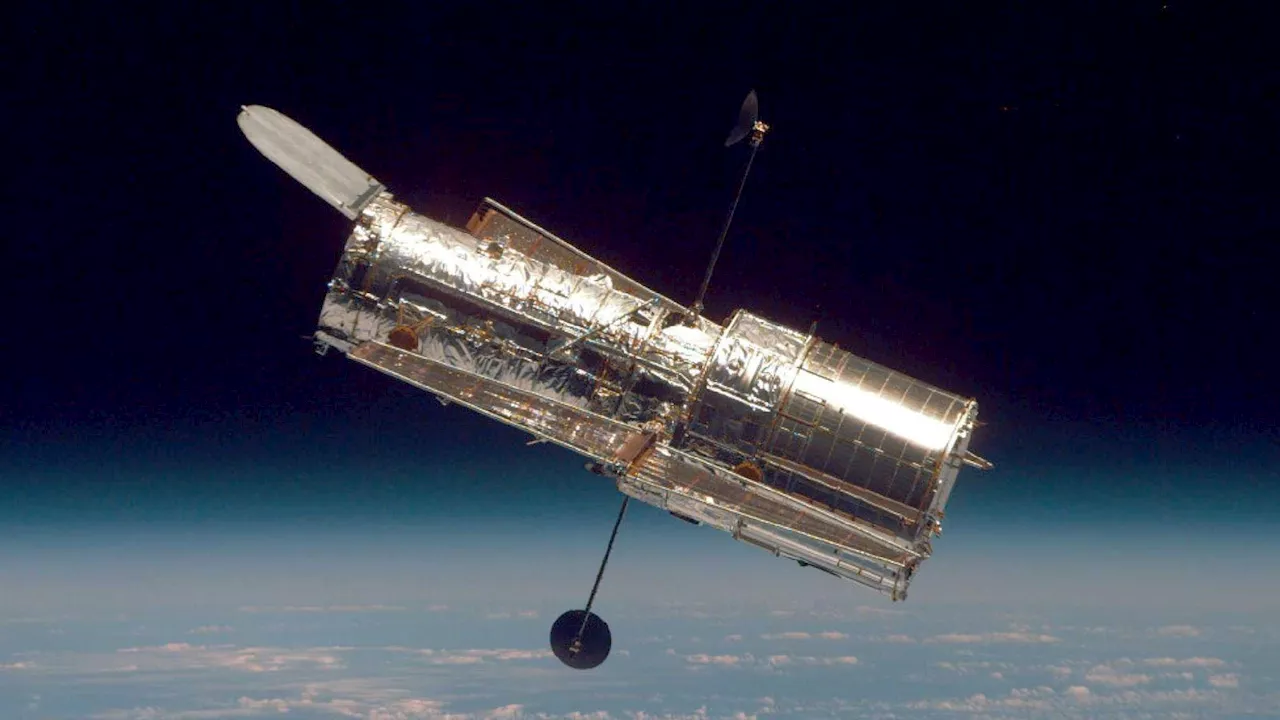 Aging Hubble Space Telescope Roars Back To Life After GlitchI began my journalism career with Entrepreneur magazine with a focus on small business technology. As a freelance journalist, I’ve covered gadgets, geek culture, public schools, weird foods, transatlantic travel and Route 66.
Aging Hubble Space Telescope Roars Back To Life After GlitchI began my journalism career with Entrepreneur magazine with a focus on small business technology. As a freelance journalist, I’ve covered gadgets, geek culture, public schools, weird foods, transatlantic travel and Route 66.
Read more »
